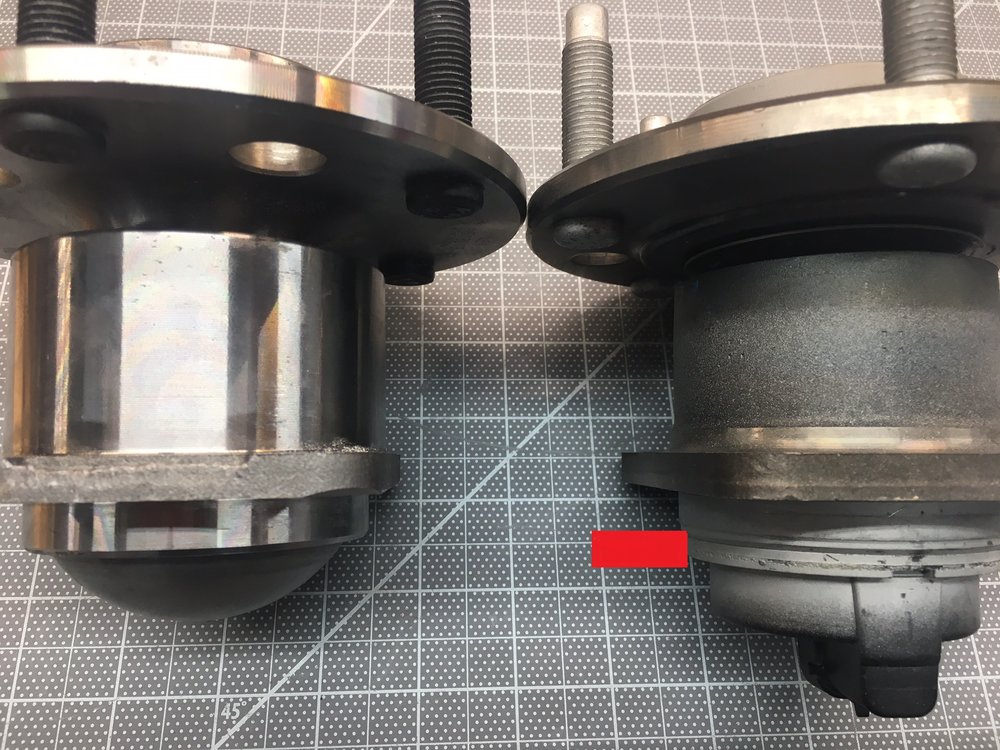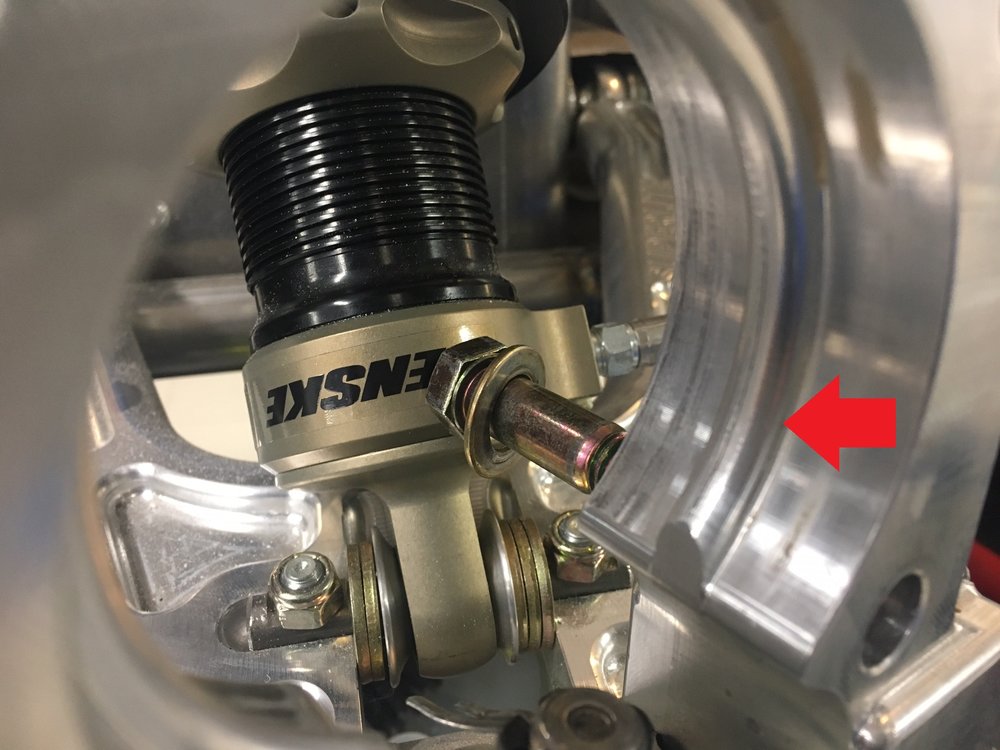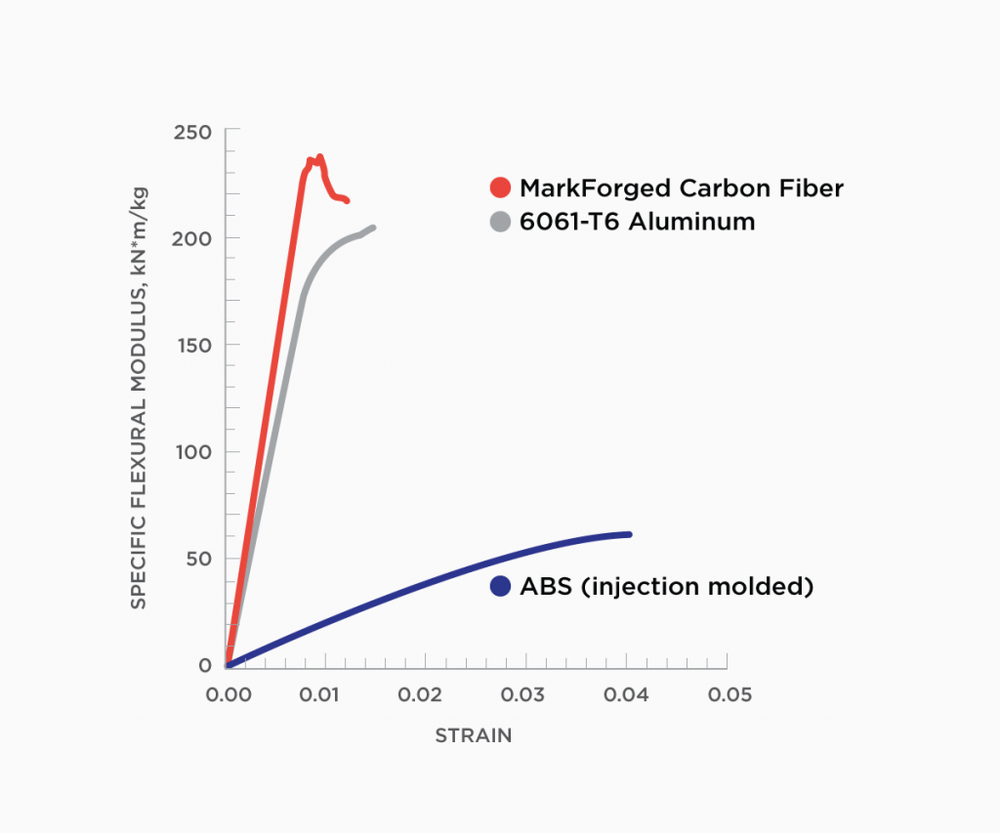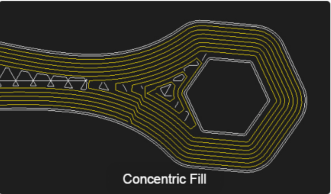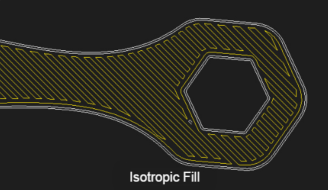No More Micky-Mouse 3D-Printed Parts
3D printing is really empowering... you can think it, design it, print it, and then try it... and if it's not right, repeat the process. In my case, the third try isn't always the charm. Having the printer in the garage means that, depending on the size of the part, I can iterate the process many times per day. However, the issue with my first 3D printer and most Fused Filament Fabrication (FFF) printers is that the plastics that they print (e.g., PLA, ABS, etc.) aren't strong or heat tolerant enough for many automotive applications outside of the cockpit.
For example, PLA isn't well suited for the condenser brackets that I designed and printed in a previous post. I spent a fair amount of time researching what it would take to upgrade the hot end my MakerBot Replicator 2X to extrude nylon, which is probably the best FFF material for automotive applications. There were two primary problems with that approach:
1.Nylon is hydroscopic which means that it absorbs water. When you extrude (i.e., melt) filament that has absorbed water, the water vaporizes and creates air bubbles. This weakens the material by breaking apart its polymer chains and creates voids which weakens inter-layer adhesion, not something you want to do when printing something in a large number of 100-micron thick layers. Lastly, it leaves an undesirable surface finish. So, if you want quality results with nylon, you need to think about a lot more than just the hot end.
2.Nylon is strong, but it's also flexible which is not desirable in many applications.
Beyond these issues some of the parts that I was designing could be prototyped via 3D printing, but even nylon wasn't going to be strong enough for actual use. I would need to send them out to be cut or machined out of metal. I spent about five minutes looking into 3D printers that could do metal -- the legit ones are beyond expensive for personal use, think entry-level Ferrari.
FRUSTRATION -- THE MOTHER OF INVENTION
After doing some research I stumbled into
Markforged, a start up company that's changing the 3D printing world by producing parts that are as strong as and lighter than 6061 aluminum. They have the only 3D printer that can print continuous strands of fiber including:
- carbon fiber: highest strength to weight and highest thermal conductivity
- Kevlar: best abrasion resistance and most flexible
- high-strength, high-temp (HSHT) fiberglass: over 105°C, with a heat deflection point of 150°C
- fiberglass: most cost effective
They are located only a few miles from my house and I visited them for an event showcasing their new Mark X printer. I had a chance to meet the founder/CEO. He's a motorsports guy and was previously the co-founder of AeroMotions which products race-proven, dynamic wings. He was frustrated with the cost and cycle time to prototype new wing supports and that got him to thinking that there must be a better way... what if continuous strands of carbon fiber could be printed? What do you do when the tech doesn't exist?... you invent it.
Video of the moveable wing from Aeromotions:
https://www.youtube.com/watch?v=p7l70Q6P-vU
They had a Ducati in the lobby and they're starting to replace metal parts with composite printed ones. They passed around a replacement brake lever printed in carbon fiber. It had metal bushings and continuous carbon fiber strands optimally oriented in the direction of stress. I wouldn't hestiate to use it . Of course, you'd first have to get me on the cycle -- nah, I like the six-point cage in the SL-C.
Apparently there are a number of race teams using Markforged printers, but they're being very quiet about it and either painting or nickel plating the parts to keep the competition is in the dark. If fact one of the other guys attending the event builds race cars (I'd have to kill you if I told you which series) and he's interested in doing FEA to determine if he could print composite uprights!
3D PRINTING MAN CARD
There's just some things you can't un-see, like the CNC-machined suspension on a SL-C or Onyx with reinforced carbon fiber strands... so I ordered a Mark Two Enterprise on the spot from Ben at Alpha Imaging, a value-added reseller who was sponsoring the event. I loved the Mark X, but it's over 4x the price of the Mark Two Enterprise and that would get me in lot of trouble with the family CFO.
If Apple made a 3D printer, it would look just like this one -- not just the hardware, but the whole enchilada including packaging, instructions, ancillary tools and most importantly the software.
Obviously, it can only print continuous strands of fiber in the X-Y axis so you need to print the part in the correct orientation. For example, if you were printing an "L" bracket, you would print it with the L laying on its side as opposed to standing up. That would orient the continuous strands in the direction of anticipated stress. Their slicer enables you to control which layers, if any, have continuous fiber and which algorithm, concentric or isotropic, is used to lay it out.


